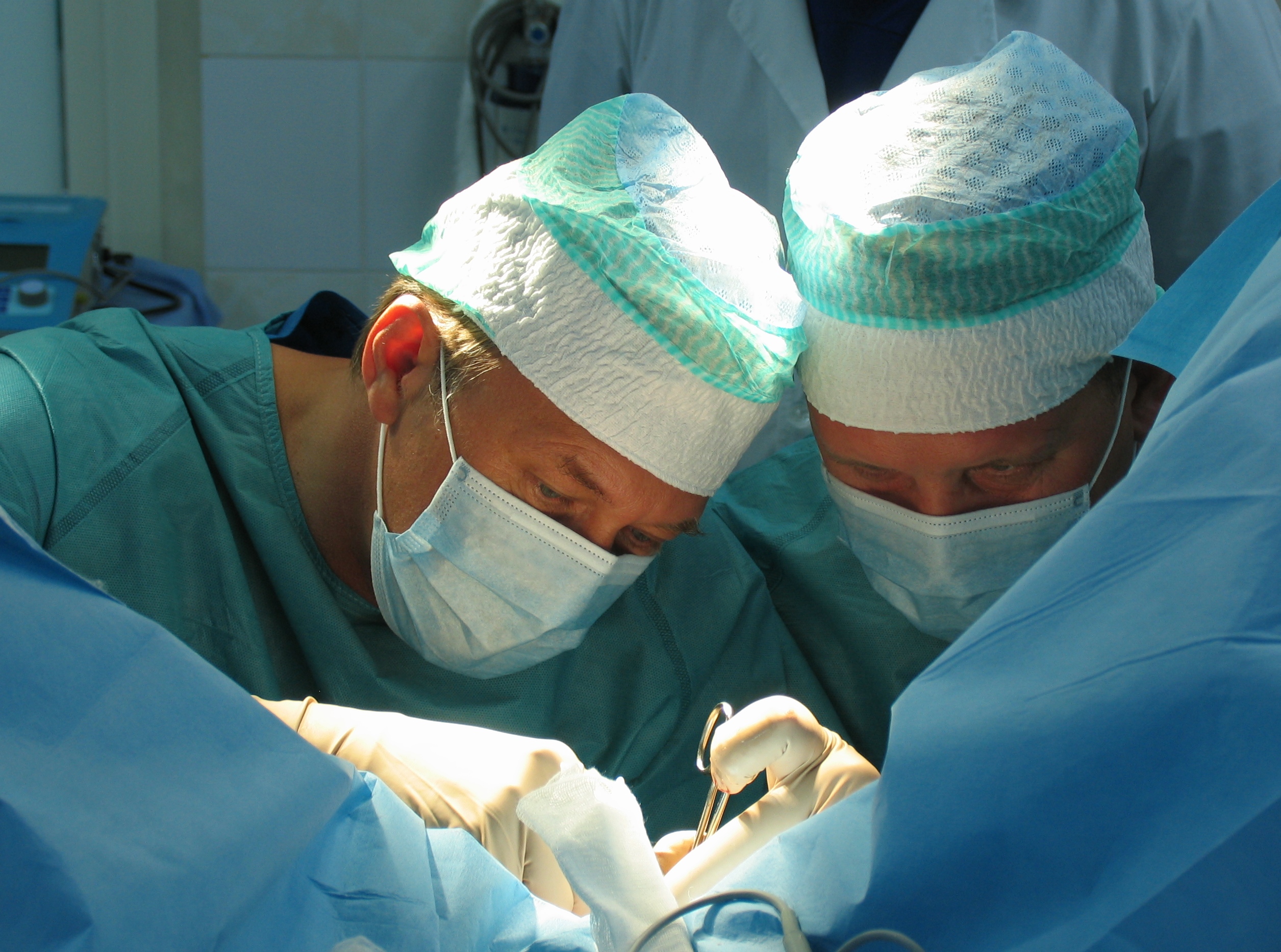Treatment methods

Patients with the disease are advised to change their diet. You should reduce your salt (sodium) intake as it helps reduce fluid retention in the body.

Therapy is provided to improve liver function and reduce pressure in the portal vein. This may include taking medications such as furosemide, spironolactone.

Surgical intervention is preferred for patients with severe disease courses who have no response to medication. This reduces the pressure in the portal vein, which helps to improve the condition.
Cirrhosis of the liver can be called the most common cause of the disease. Healthy liver tissue is replaced by connective tissue, impairing its abdominal function.
Heart failure can cause ascites because there is inefficient pumping of blood in the body by a weakened heart, which leads to stagnation of fluids in the tissues.
Kidney disorders can lead to sodium and water retention in the body, which also contributes to the disease. Inflammatory conditions such as peritonitis can cause disease.
Patients may feel discomfort and tension in the abdomen. The large volume of fluid can put pressure on the diaphragm, making it difficult to breathe. In some cases, the condition may be accompanied by swelling of the legs and ankles.
Diagnosis at MDI Clinic
The specialist begins the ascites examination with a thorough visual inspection of the patient. He pays attention to the volume of the abdomen, its shape, the presence of swelling in the state of the extremities and signs of pain or tension in the abdomen.
The physician asks the patient a series of questions about symptoms, duration of symptoms, and comorbidities. This helps to establish the suspected cause of the disease.
The ultrasound scanner is one of the most informative methods of visualizing fluid in the abdominal cavity. It allows you to determine the volume and location of fluid, as well as assess the condition of organs in the abdominal cavity.
General and biochemical blood tests can help identify indicators characteristic of ascites. This includes protein levels in abdominal fluid (ascitic protein) and alpha-fetoprotein levels, which can lead to malignant tumors.
A CT scan or MRI may also be performed to visualize the abdominal organs in more detail and identify ascites.
A paracentesis procedure may be performed if infectious ascites is suspected or to facilitate breathing if there is significant fluid accumulation. During this procedure, an injection and syringe are used to extract a sample of ascitic fluid for analysis.
Depending on the results of the initial investigations and the suspected cause of ascites, additional tests and checks such as a liver biopsy or gastroenteroscopy may be ordered.
The best doctors in Israel
All doctorsPrice
How we are working
-
StepSubmitting an application

Simply leave a request or contact us at the numbers in the contact tab.
-
StepTalking to a counselor

You will be contacted by our consultant shortly after submitting your application. After the interview and review of the medical history, he will proceed to prepare a treatment program.
-
StepProgram preparation

Our specialists will draw up a personalized program, including a diagnosis and treatment schedule, the names and positions of the doctors, and the cost of treatment.
-
StepTravel arrangements

The coordinator will plan and organize the trip in every detail – from advice on preparing documents, to purchasing tickets, booking accommodation and even organizing excursions.
-
StepTreatment

Our staff will provide patient support throughout the diagnosis, treatment and rehabilitation period.

Форма обратной связи
"*" indicates required fields


















